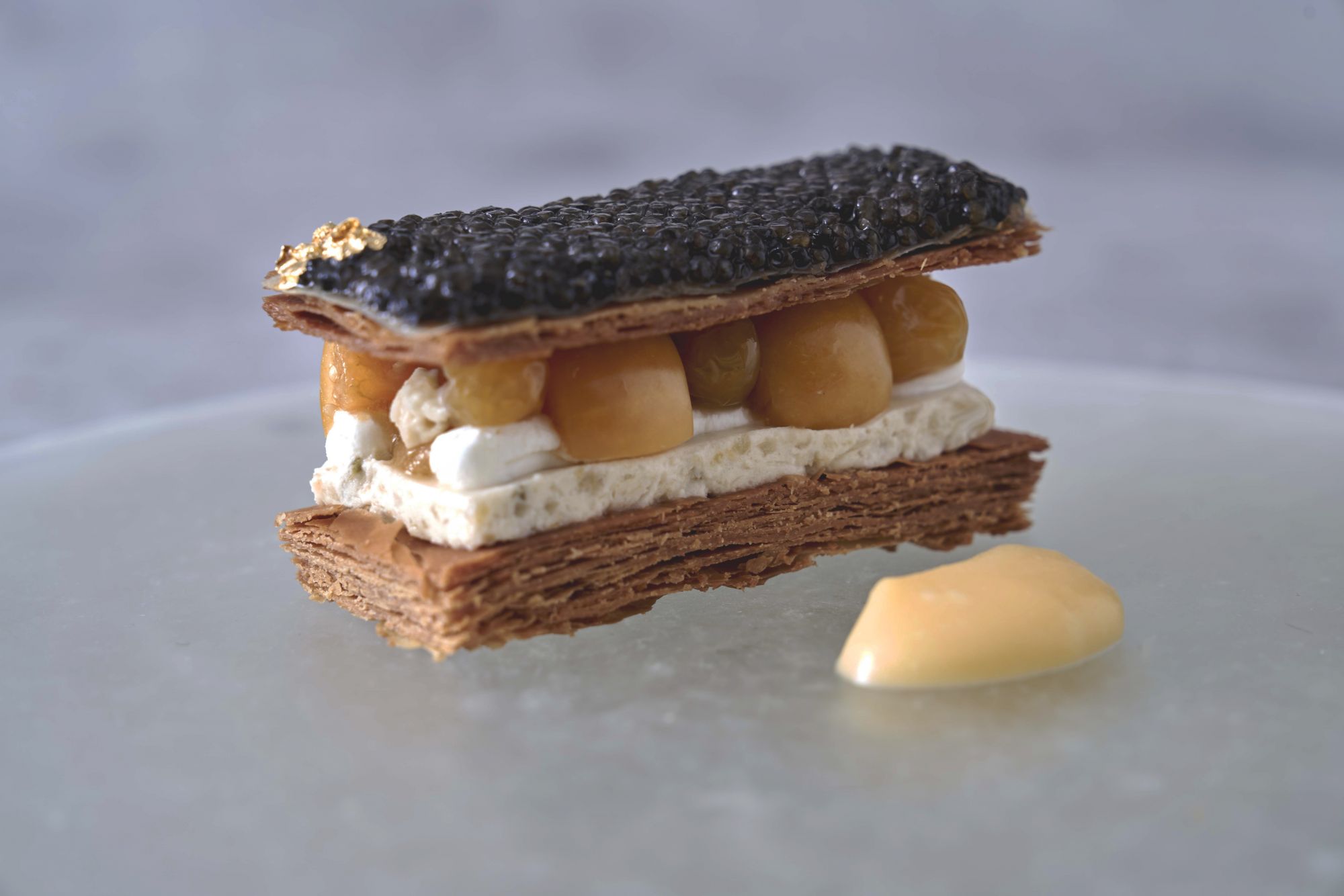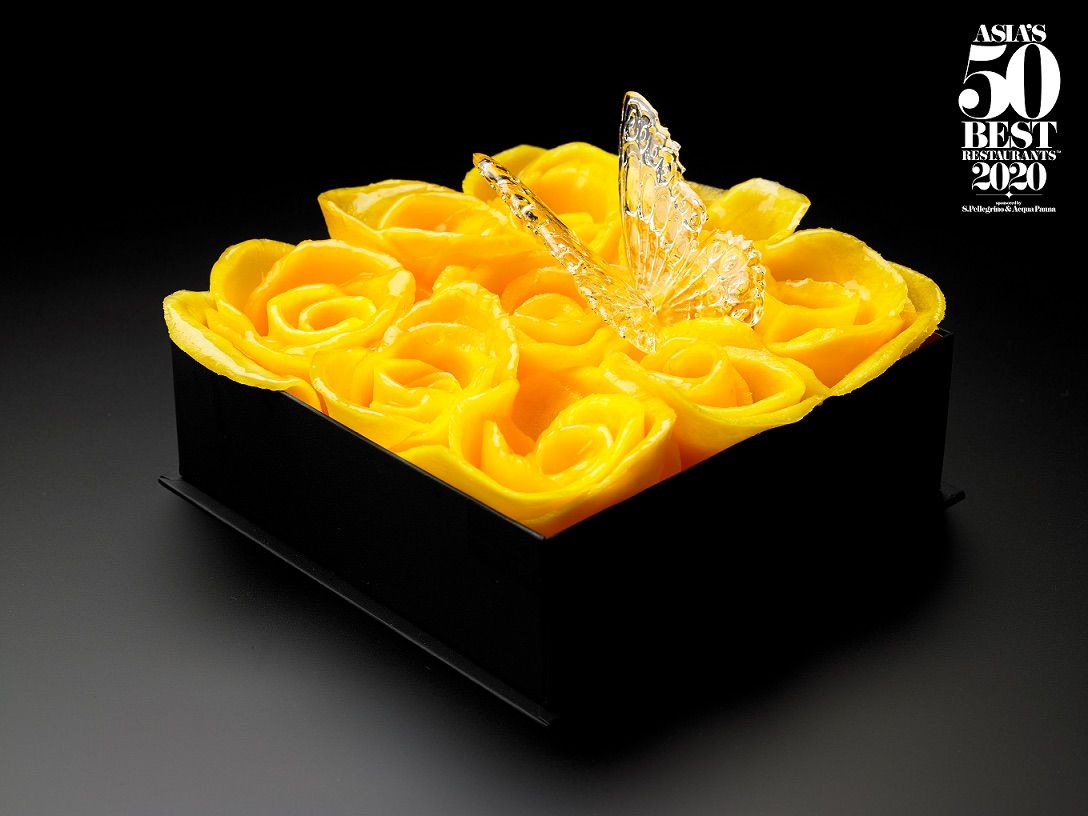The driven entrepreneur, chef and cake designer gets candid about being focused on the right goals
Natsuko Shoji, the newly crowned 2020 winner of the Asia’s Best Pastry Chef Award, is the young and talented female chef behind Été, an exclusive, six-seat omakase restaurant in Tokyo’s Shibuya neighbourhood, whose stylish cakes designed to look like jewellery boxes has earned her quite a reputation.
But hidden behind her fine fashion sense and model-worthy looks, the ambitious entrepreneur endured a tough climb to the top, struggles that she admits inspired her to push herself harder.
“I was 23 years old when I opened my own restaurant (in 2014); I took out a policy on my own life and took a 10-million-yen loan from a government fund,” she shares. “I was determined to kill myself if I failed, so my mother wouldn’t have to shoulder my debts.”

Her love story with the culinary world started as sweet as any girl’s dream of becoming a chef. She was just a teenager in junior high school, when she attended a cooking class at her school. She had made chou a la crème and fell immediately in love with cooking.
She went on to major in the culinary arts at high school, after which she worked for several restaurants, before joining Florilège (now a two-Michelin-starred restaurant that is also ranked seventh on the Asia’s 50 Best Restaurants list) as a sous chef when it first opened in 2009. “We were running the kitchen with only three people, including chef-owner Hiroyasu Kawate, so it was tough,” she tells, noting how they would often work until midnight.




